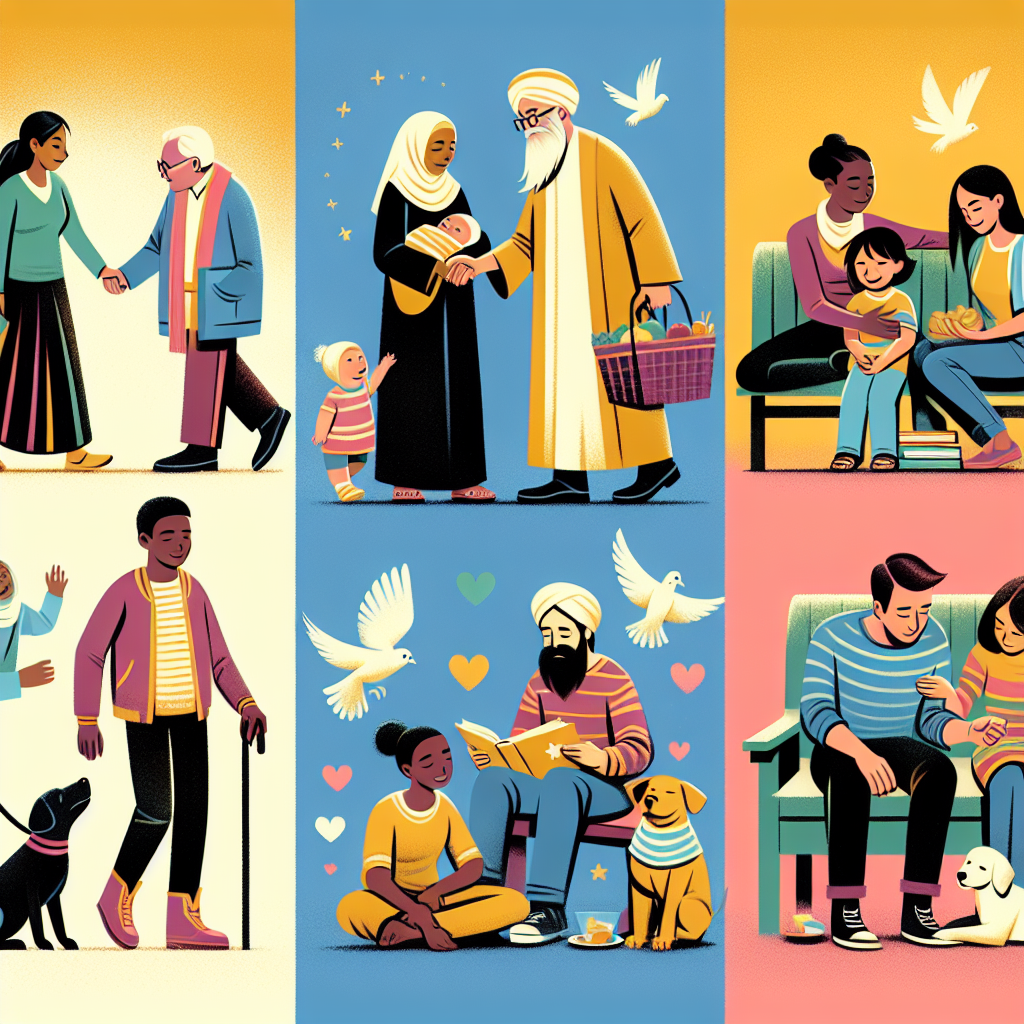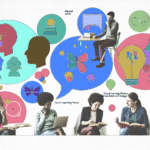
Empathy in Action: Real Stories of Connection and Understanding
Introduction
In a world that often feels disconnected, the ability to understand and connect with others is more crucial than ever. Empathy in Action: Real Stories of Connection and Understanding showcases how genuine compassion can bridge the gaps that divide us. Through various real-life examples, we can see the transformative power of empathy in action—be it in personal relationships, workplaces, or communities. This article will explore inspiring stories that demonstrate empathy’s significance, showing that when we engage with empathy, we cultivate understanding and foster deeper human connections.
The Power of Empathy
Empathy, often defined as the ability to understand and share the feelings of another, serves as the foundation for building meaningful relationships. It goes beyond mere sympathy; it’s about truly stepping into someone else’s shoes. This emotional intelligence has a profound impact on our interactions and shapes how we engage with the world.
The Science Behind Empathy
Studies have shown that empathy influences not only our emotional health but also our physical well-being. According to a report from the University of Cambridge, empathy can activate brain regions associated with pleasure and reward, reinforcing the notion that helping others feels good. This biological response emphasizes that empathy is essential for human connection and cooperation.
Table 1: Benefits of Empathy in Action
| Benefit | Description |
|---|---|
| Improved Relationships | Empathetic interactions strengthen bonds. |
| Enhanced Communication | Empathy facilitates open dialogue. |
| Increased Emotional Intelligence | Empathic individuals are more emotionally aware. |
| Greater Conflict Resolution | Empathy helps diffuse tension and negotiate peacefully. |
| Positive Mental Health | Acts of kindness boost overall happiness. |
Empathy in Everyday Situations
Case Study 1: The Compassionate Stranger
In a bustling city park, Sara, a freelance graphic designer, noticed an elderly man sitting alone on a bench. Concerned, she approached him and struck up a conversation. It turned out he was mourning the recent loss of his wife. Instead of providing platitudes, Sara listened intently, allowing him to express his grief. This small act of empathy in action not only made a significant difference in the man’s day but also left Sara feeling fulfilled and connected.
Analysis
This encounter highlights the importance of actively listening and being present in the moment. In a fast-paced world, taking the time to engage in heartfelt conversation can create an environment of understanding and compassion.
Case Study 2: Empathy at Work
In a tech company, the management team introduced an "Empathy Week," encouraging employees to share their personal stories and challenges. One employee, who struggled with mental health issues, revealed his experiences during a team meeting. His openness fostered a culture of acceptance, allowing others to share their own stories.
By prioritizing empathy in action, the company not only enhanced morale but also improved teamwork and collaboration. Employees felt heard and valued, driving productivity and innovation.
Analysis
This case study illustrates how empathy can reshape workplace culture. When organizations promote empathy, they create a supportive atmosphere that encourages creativity and resilience.
Empathy in the Community
Case Study 3: The Neighborhood Initiative
A local community in Atlanta faced rising tensions due to cultural differences among its residents. Recognizing the need for understanding, a group of volunteers initiated "Cultural Awareness Days," where residents could share meals, traditions, and stories. As a result, participants began to forge friendships, breaking down long-standing prejudices.
The initiative transformed the community, demonstrating that empathy in action can facilitate dialogue and promote inclusiveness.
Analysis
Promoting cultural exchange highlights the importance of understanding diverse perspectives. When individuals engage in shared experiences, they foster empathy and build stronger communities.
The Role of Empathy in Education
Case Study 4: Empathetic Classrooms
In an elementary school, teachers introduced a “Kindness Curriculum,” focusing on empathy and emotional intelligence. They incorporated activities such as peer mentoring and role-playing to help students learn how to understand others’ feelings. Over time, instances of bullying declined significantly, illustrating the power of empathy in action within educational settings.
Analysis
Teaching empathy early on prepares students for future challenges and relationships. Fostering these skills in children not only contributes to a positive classroom environment but also builds socially responsible citizens.
Empathy in Times of Crisis
Case Study 5: The Comfort of Community
During a severe natural disaster, a small town came together to support displaced families. Volunteers set up shelters, provided food, and helped rehouse individuals who lost everything. The community’s empathy in action demonstrated resilience and compassion, turning tragedy into an opportunity for solidarity.
Analysis
In times of crisis, empathy becomes a powerful catalyst for collective action. When individuals unite to support one another, they illustrate the strength of human connection.
Conclusion
Empathy in Action: Real Stories of Connection and Understanding encapsulates the transformative potential of empathy. Whether through small daily interactions or large community initiatives, empathy fosters understanding and compassion. As individuals and organizations, we must cultivate empathy to build a more connected and understanding world.
Call to Action
As you reflect on these stories, consider how you can incorporate empathy into your everyday life. Look for opportunities to connect, listen, and understand those around you. By taking these small steps, you can create ripples of change that resonate far beyond your immediate community.
FAQs Section
1. What is empathy, and why is it important?
Empathy is the ability to understand and share the feelings of another. It is crucial because it fosters human connection, enhances communication, and promotes emotional intelligence.
2. How can I practice empathy daily?
You can practice empathy by listening actively to others, putting yourself in their shoes, and showing genuine interest in their feelings and experiences.
3. Can empathy be taught?
Yes, empathy can be taught and developed through various exercises, role-playing, and discussions, especially in educational settings.
4. What are some benefits of empathy in the workplace?
Empathy in the workplace can lead to improved relationships, enhanced teamwork, and increased employee satisfaction, ultimately driving productivity.
5. How does empathy help in resolving conflicts?
Empathy helps individuals understand different perspectives, allowing for constructive dialogue and collaborative solutions that address the needs of all involved parties.
In closing, the stories and case studies shared in this article showcase that empathy is not just a feeling but a powerful force for positive change in our lives, communities, and workplaces. Each act of empathy, no matter how small, contributes to a larger tapestry of understanding and connection. Embrace empathy in action as a guiding principle, and you will undoubtedly inspire others to do the same.














